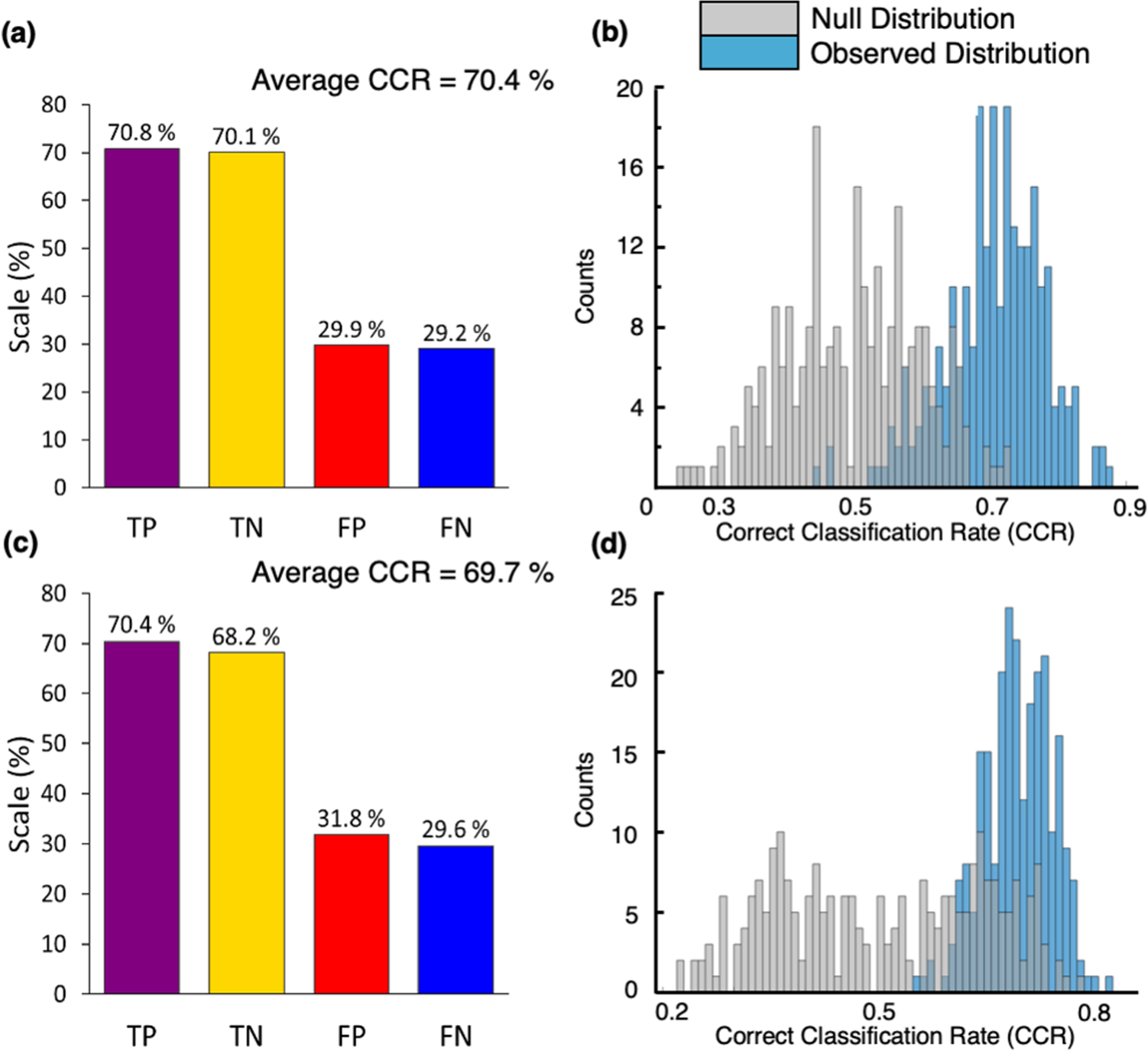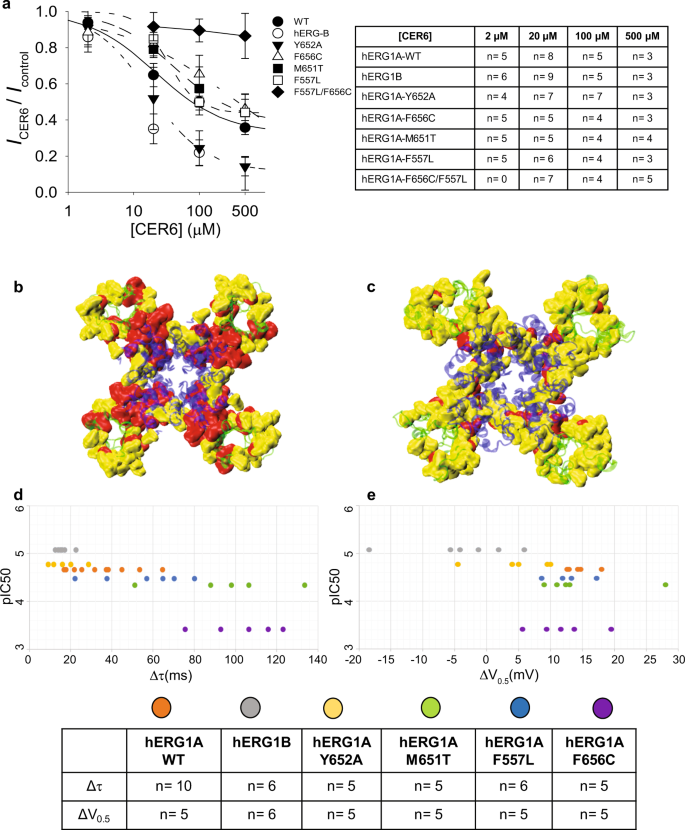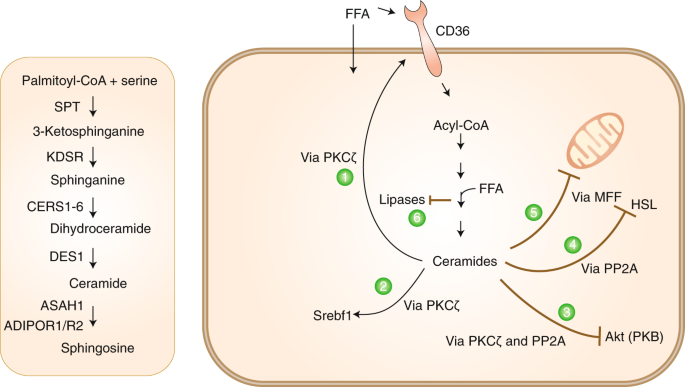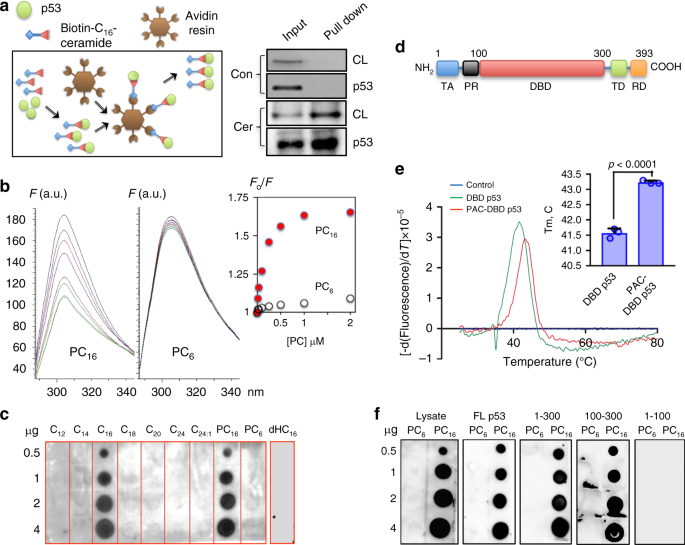
C16-ceramide is a natural regulatory ligand of p53 in cellular stress response | Nature Communications

Ceramide structure dictates glycosphingolipid nanodomain assembly and function | Nature Communications

Nanoscale imaging of bacterial infections by sphingolipid expansion microscopy | Nature Communications
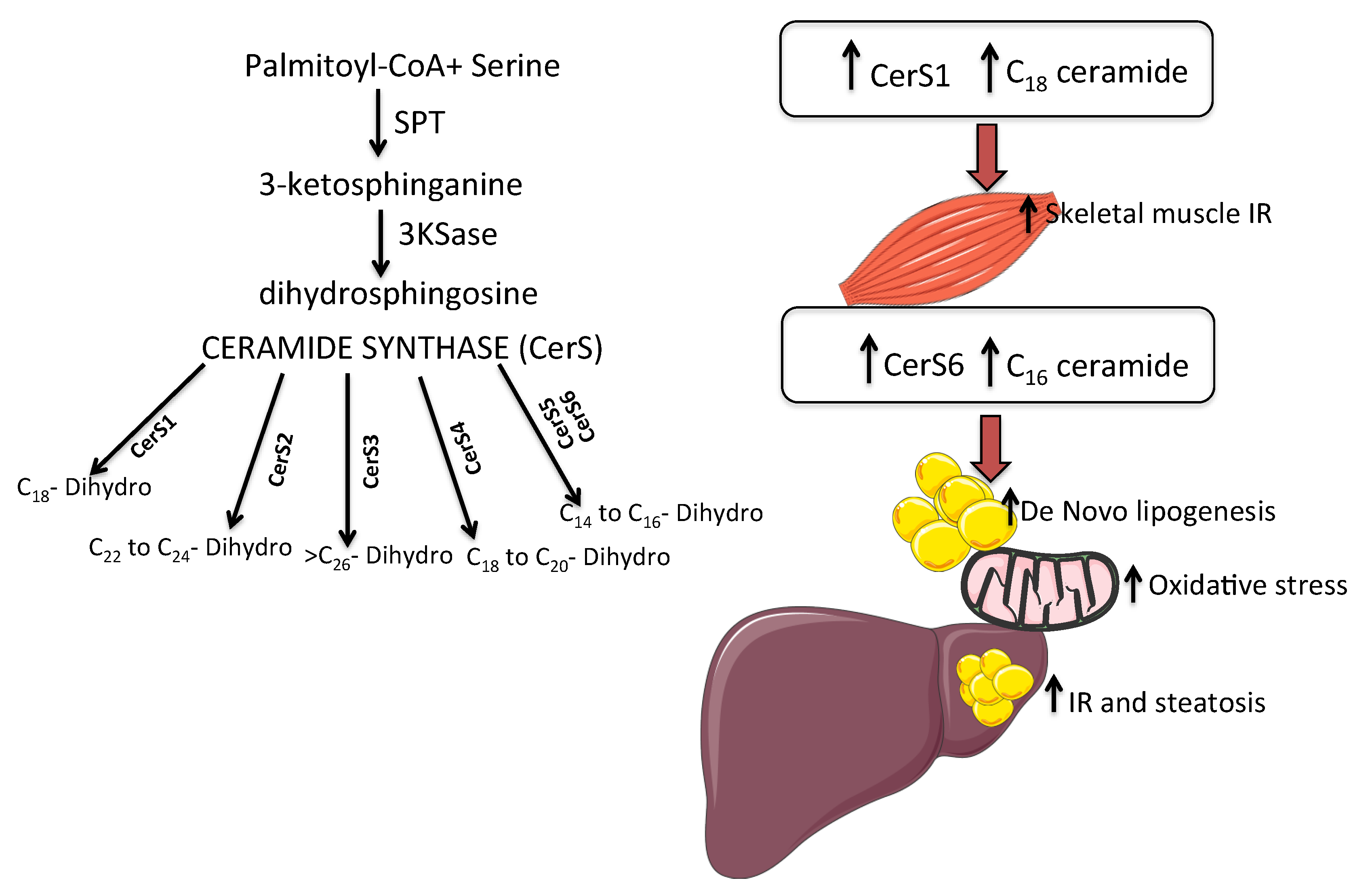
IJMS | Free Full-Text | Ceramides as Mediators of Oxidative Stress and Inflammation in Cardiometabolic Disease
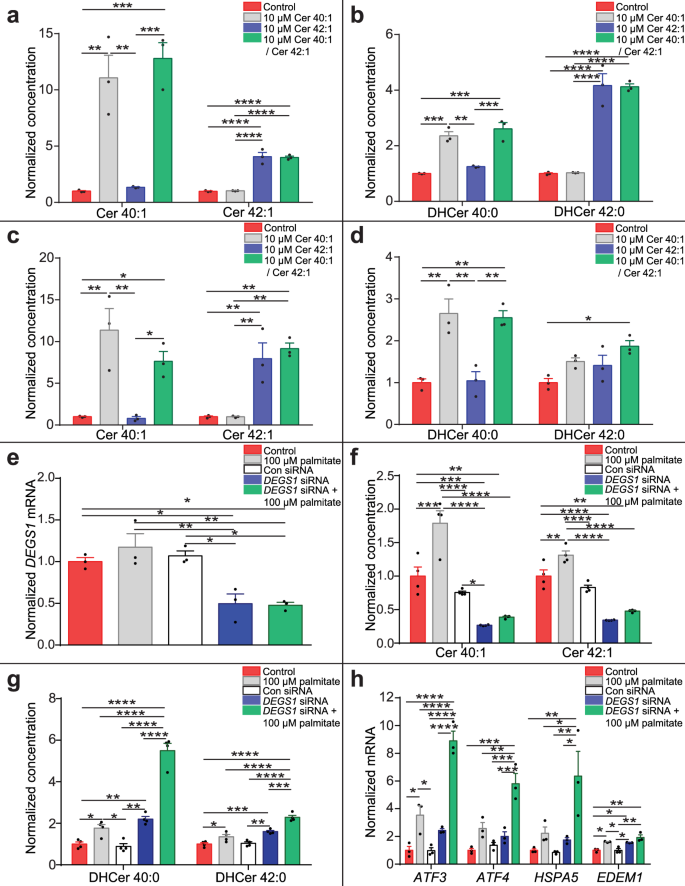
Long-chain ceramides are cell non-autonomous signals linking lipotoxicity to endoplasmic reticulum stress in skeletal muscle | Nature Communications

The role of ceramides in metabolic disorders: when size and localization matters | Nature Reviews Endocrinology

Tamoxifen augments the innate immune function of neutrophils through modulation of intracellular ceramide | Nature Communications
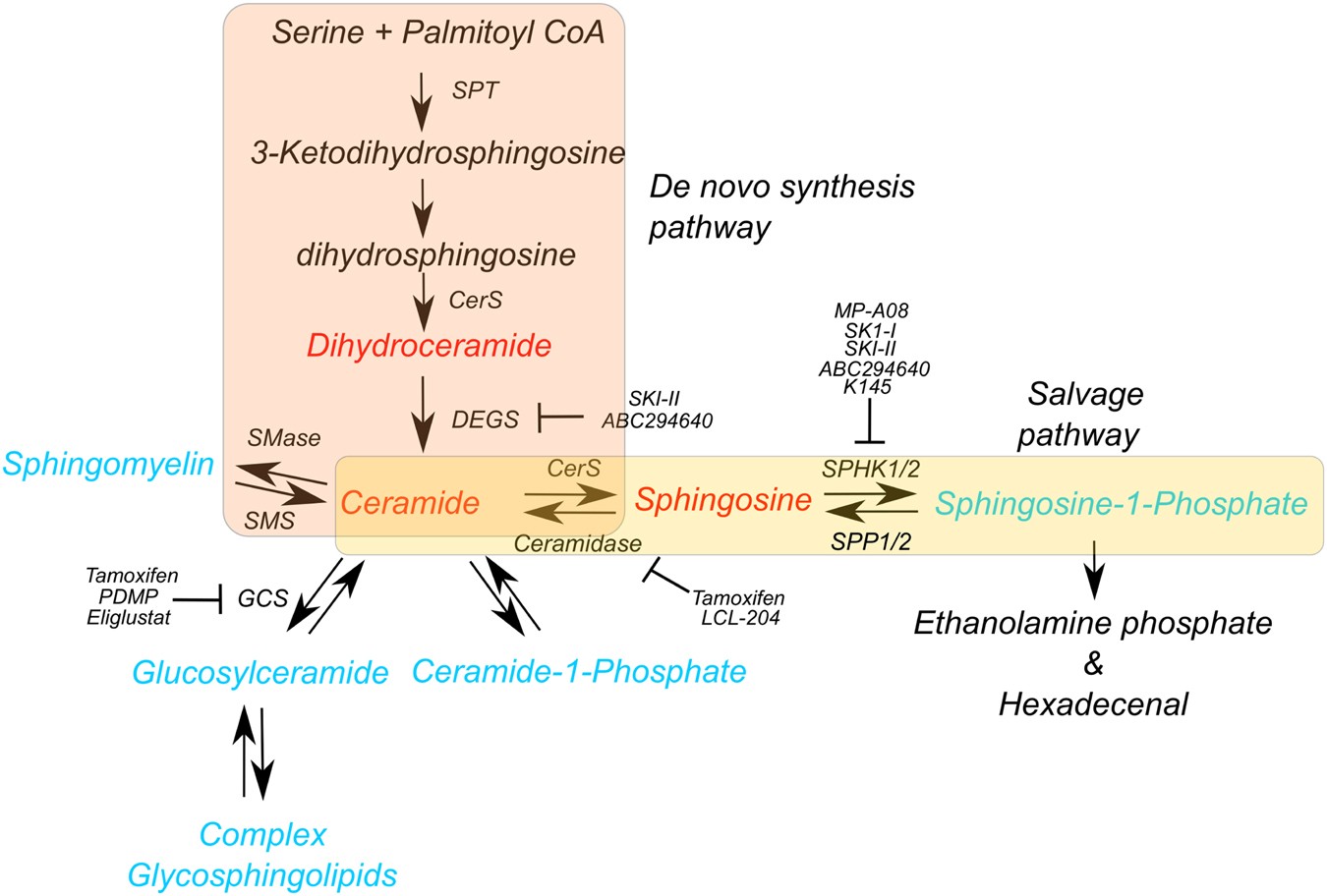
Targeting sphingolipid metabolism as an approach for combination therapies in haematological malignancies | Cell Death Discovery
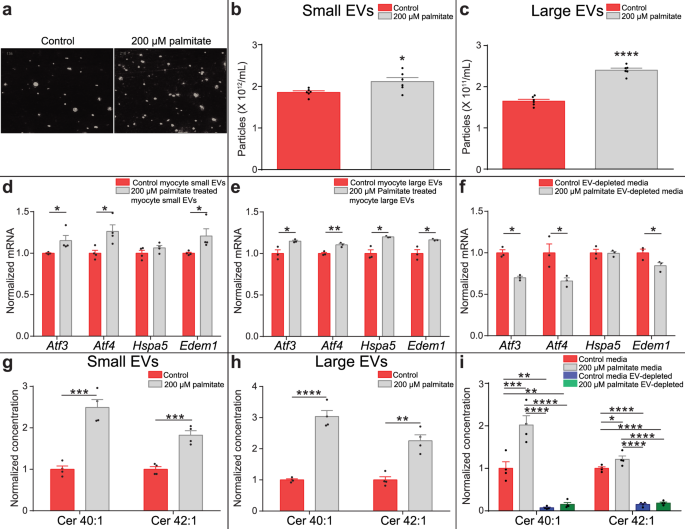
Long-chain ceramides are cell non-autonomous signals linking lipotoxicity to endoplasmic reticulum stress in skeletal muscle | Nature Communications
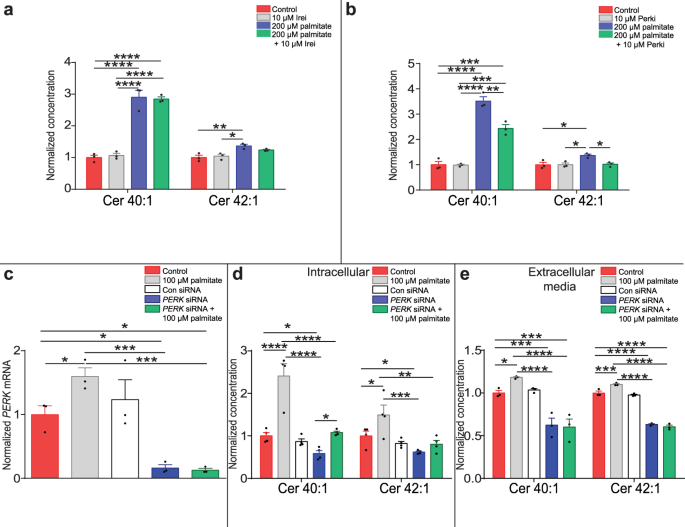
Long-chain ceramides are cell non-autonomous signals linking lipotoxicity to endoplasmic reticulum stress in skeletal muscle | Nature Communications
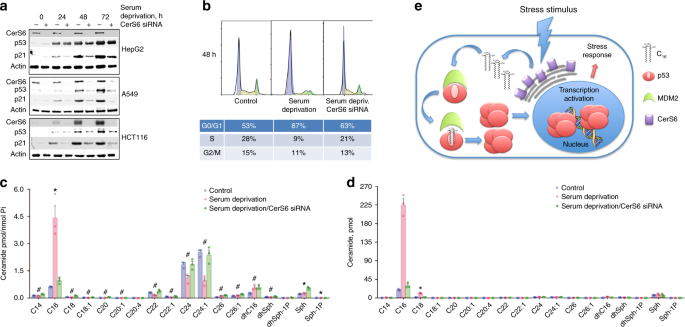
C16-ceramide is a natural regulatory ligand of p53 in cellular stress response | Nature Communications
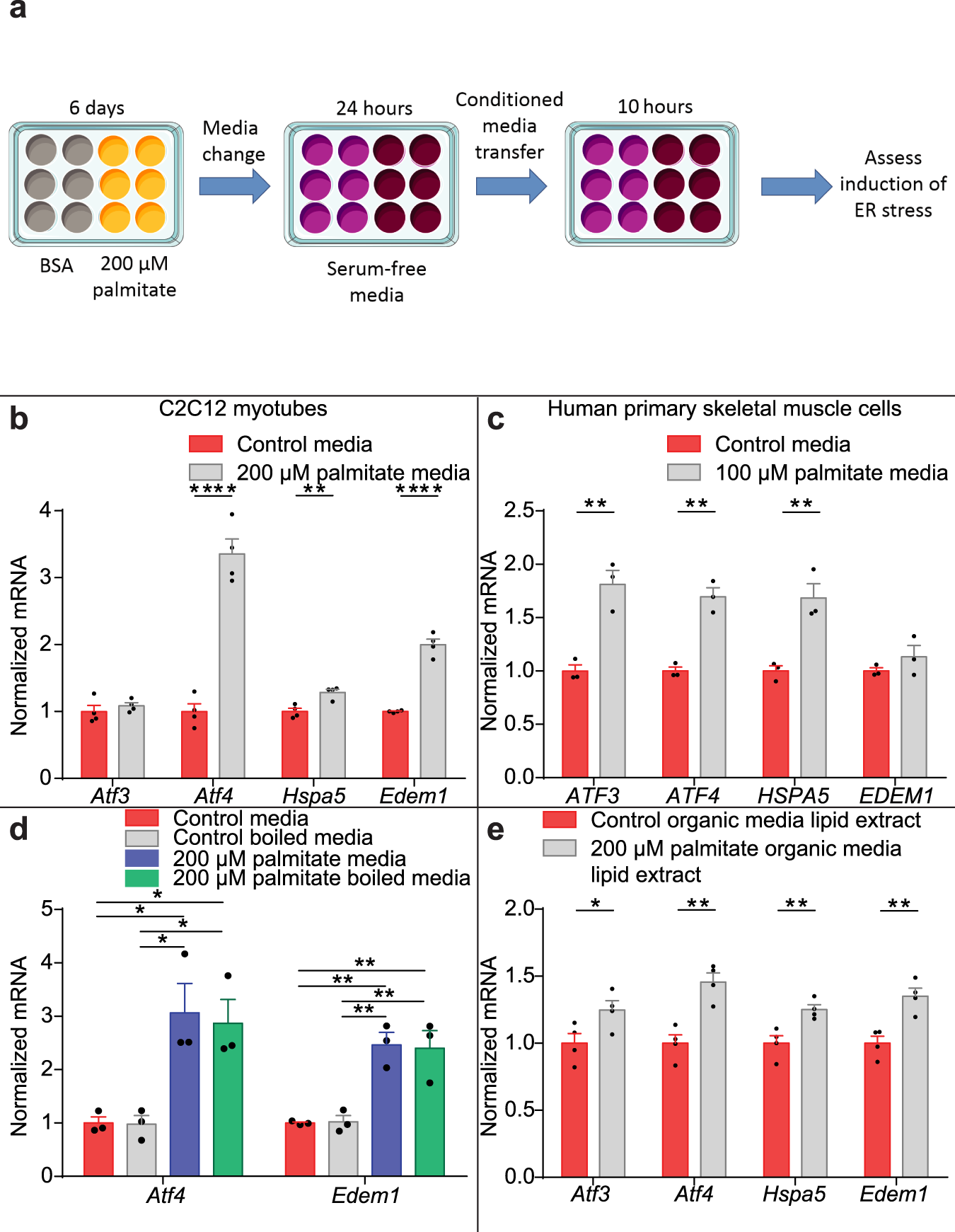
Long-chain ceramides are cell non-autonomous signals linking lipotoxicity to endoplasmic reticulum stress in skeletal muscle | Nature Communications
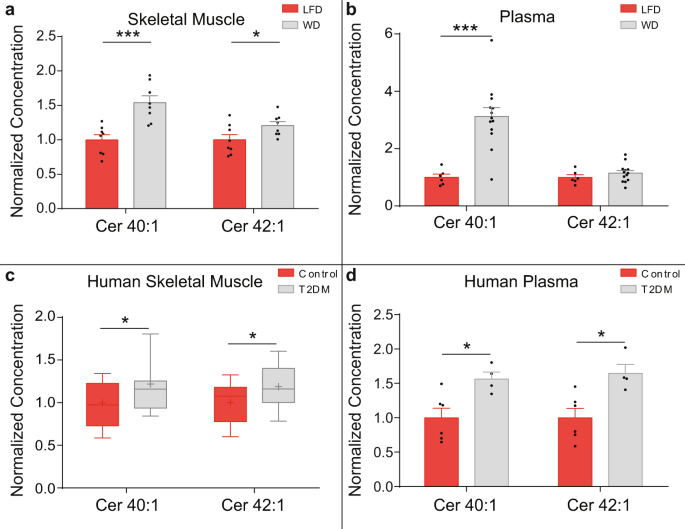
Long-chain ceramides are cell non-autonomous signals linking lipotoxicity to endoplasmic reticulum stress in skeletal muscle | Nature Communications
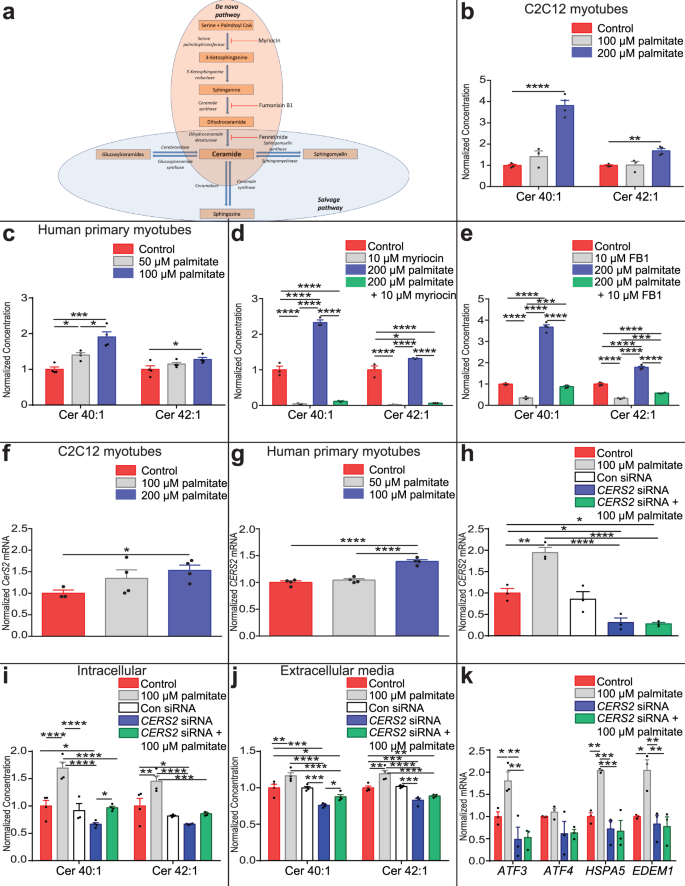
Long-chain ceramides are cell non-autonomous signals linking lipotoxicity to endoplasmic reticulum stress in skeletal muscle | Nature Communications
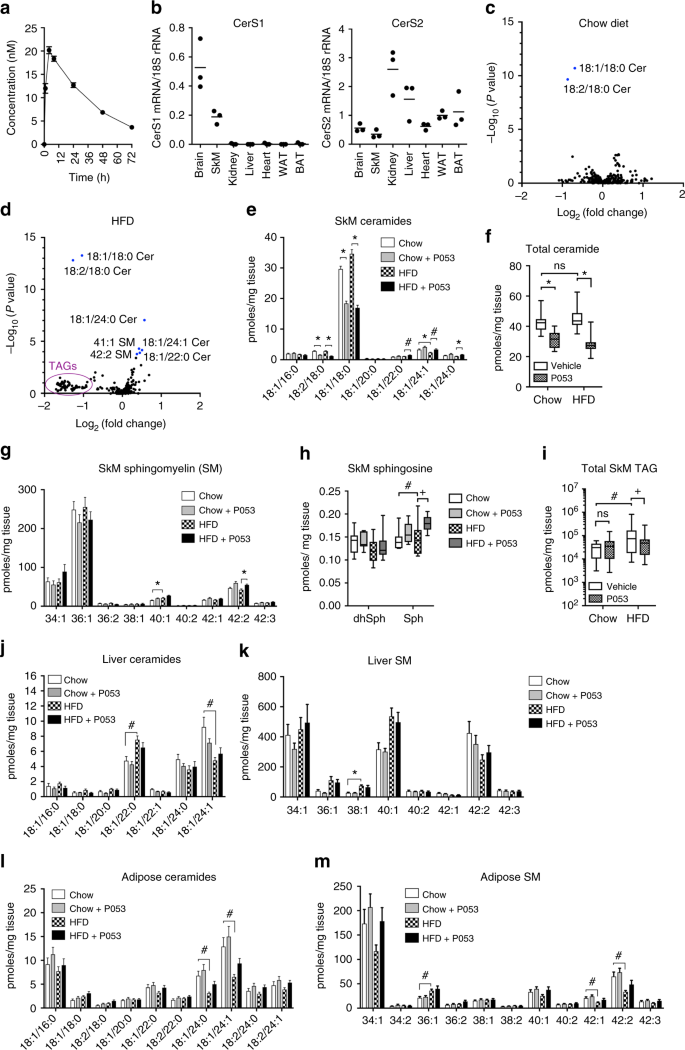
A selective inhibitor of ceramide synthase 1 reveals a novel role in fat metabolism | Nature Communications

Ceramide upregulation causes pulmonary cell apoptosis and emphysema-like disease in mice | Nature Medicine

Antibacterial activity of ceramide and ceramide analogs against pathogenic Neisseria | Scientific Reports
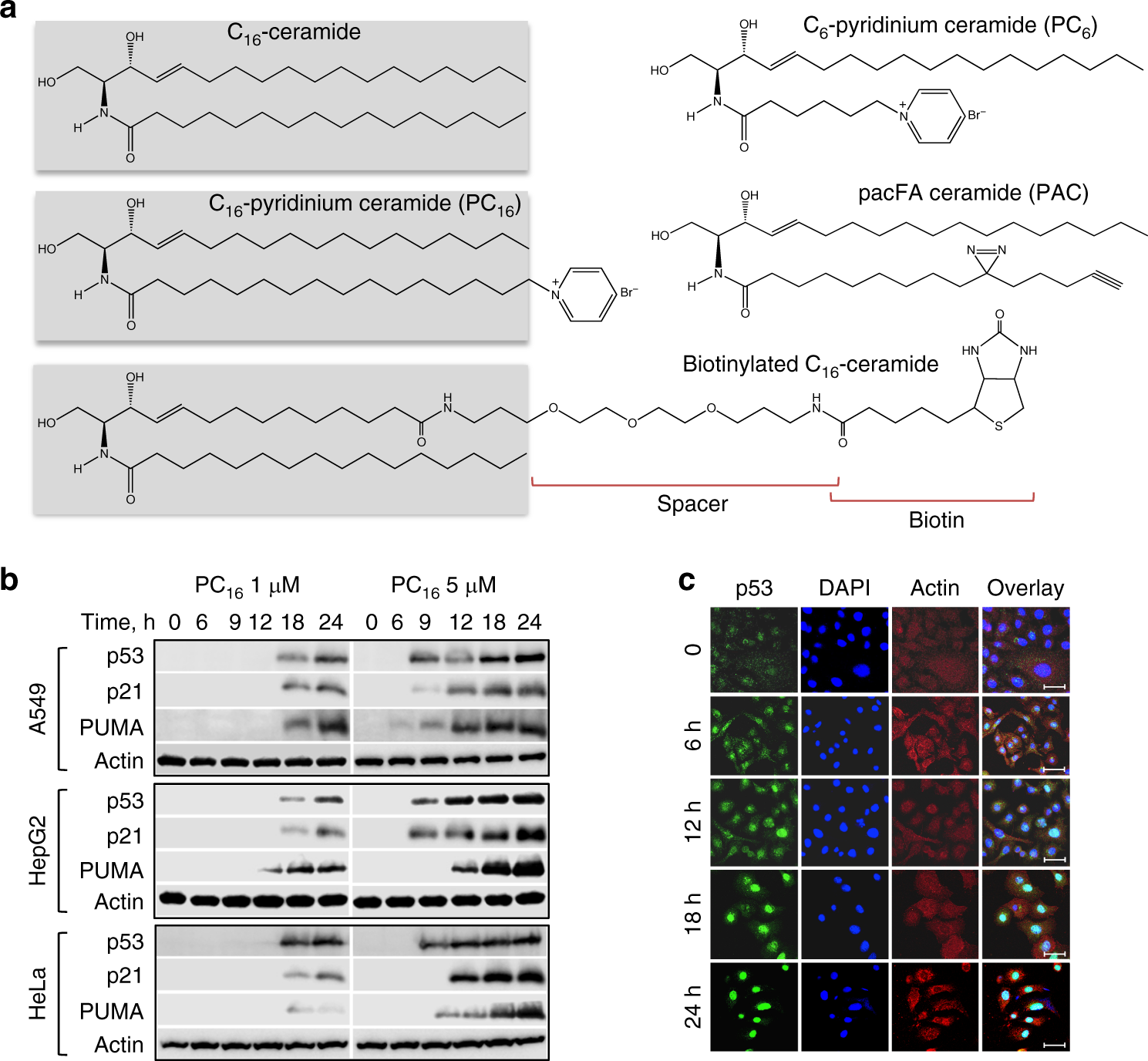
C16-ceramide is a natural regulatory ligand of p53 in cellular stress response | Nature Communications
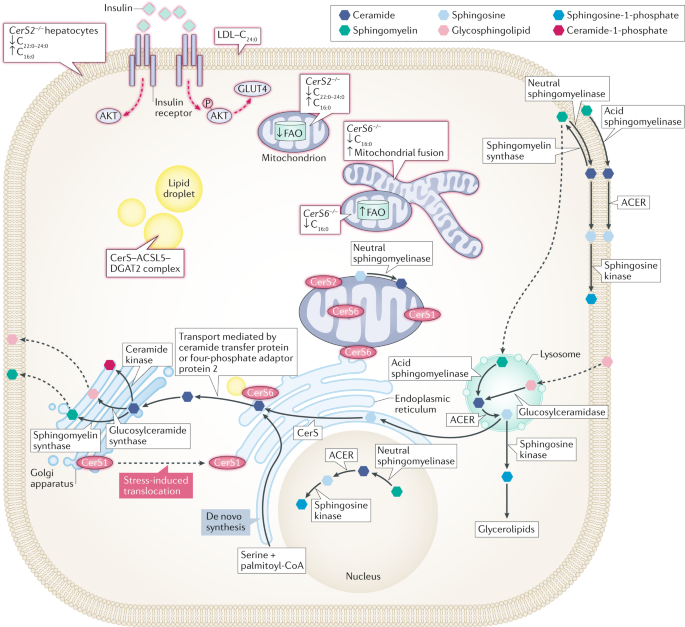
The role of ceramides in metabolic disorders: when size and localization matters | Nature Reviews Endocrinology
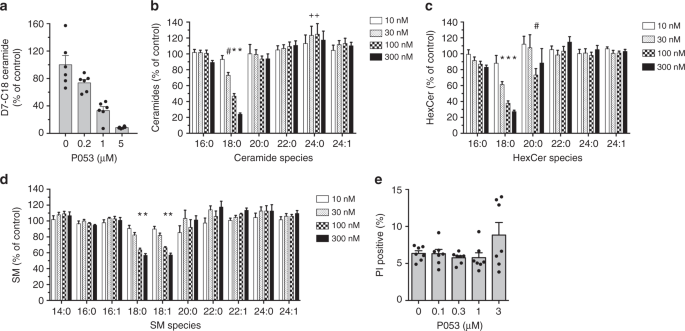
A selective inhibitor of ceramide synthase 1 reveals a novel role in fat metabolism | Nature Communications



